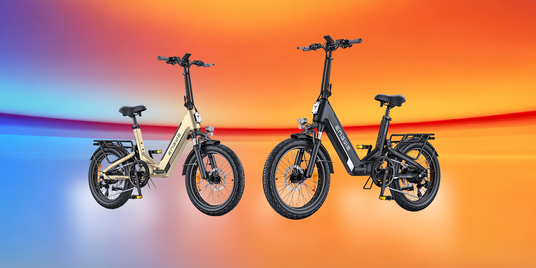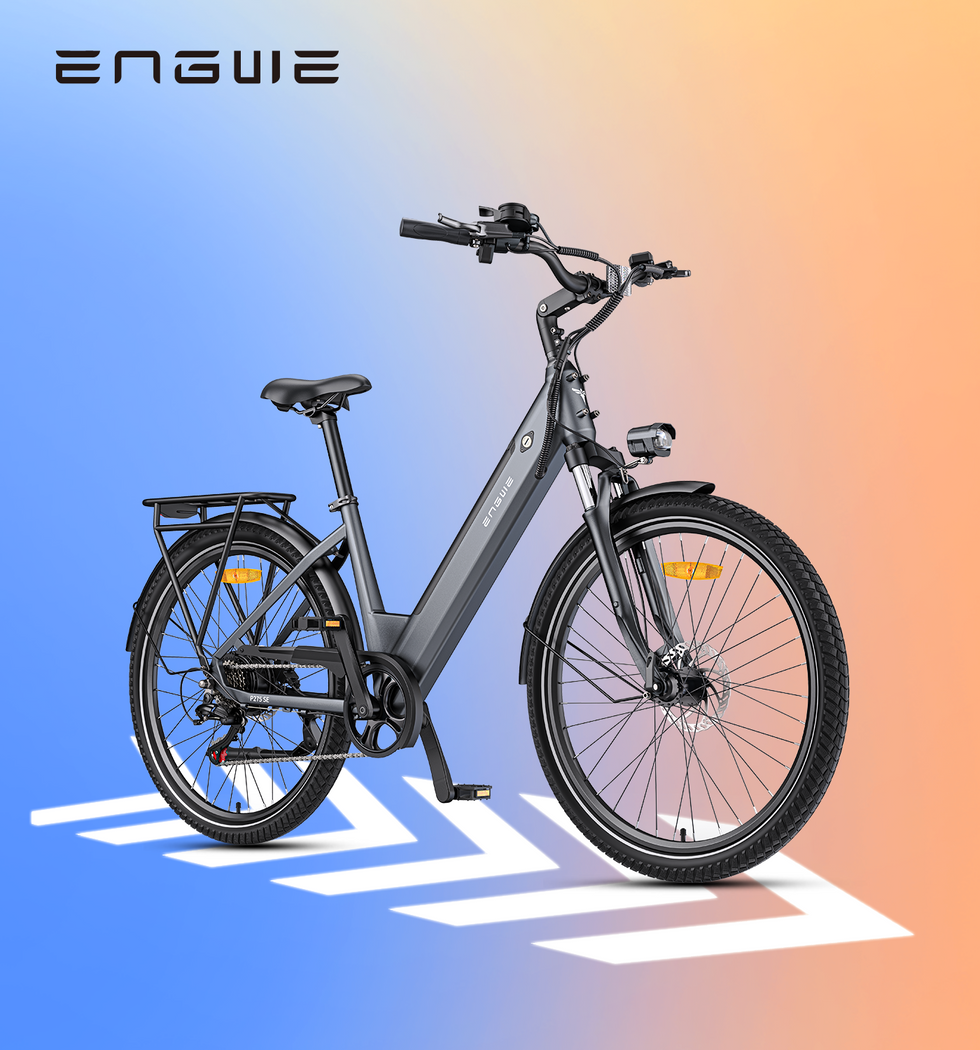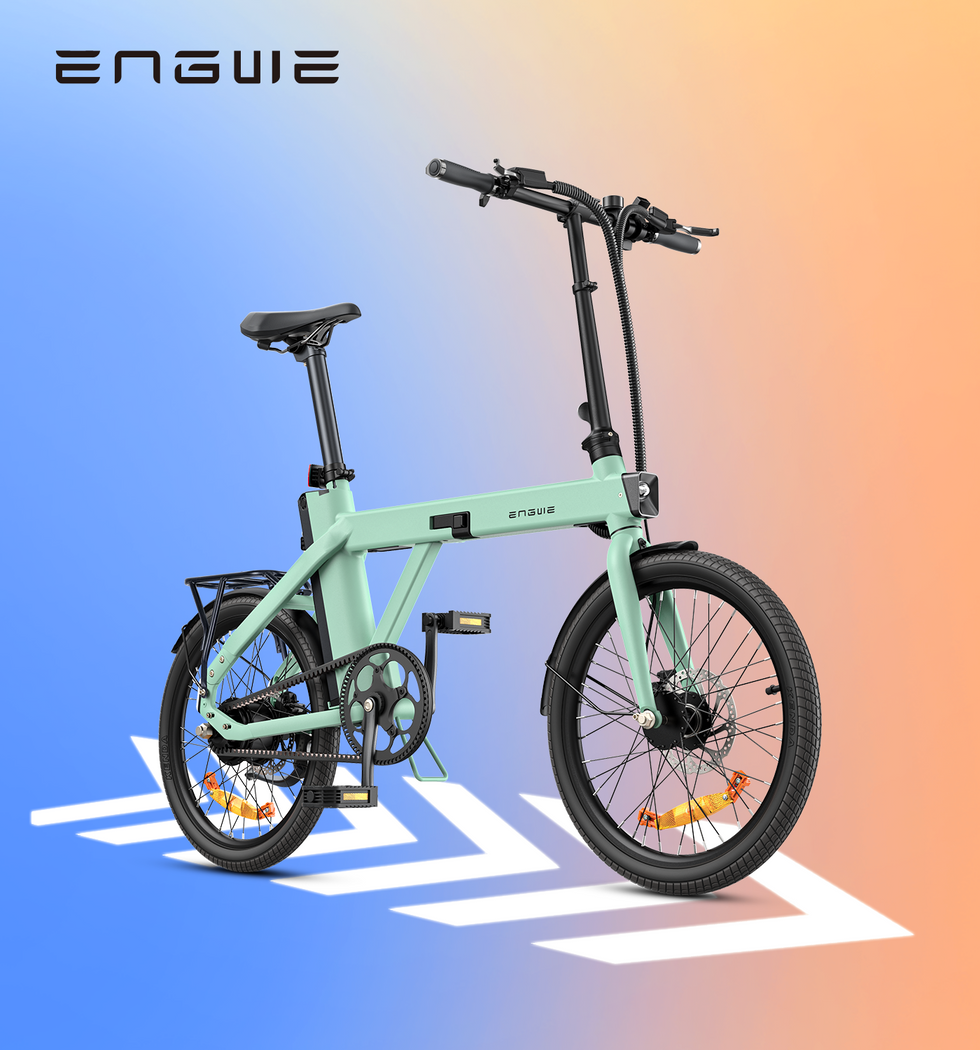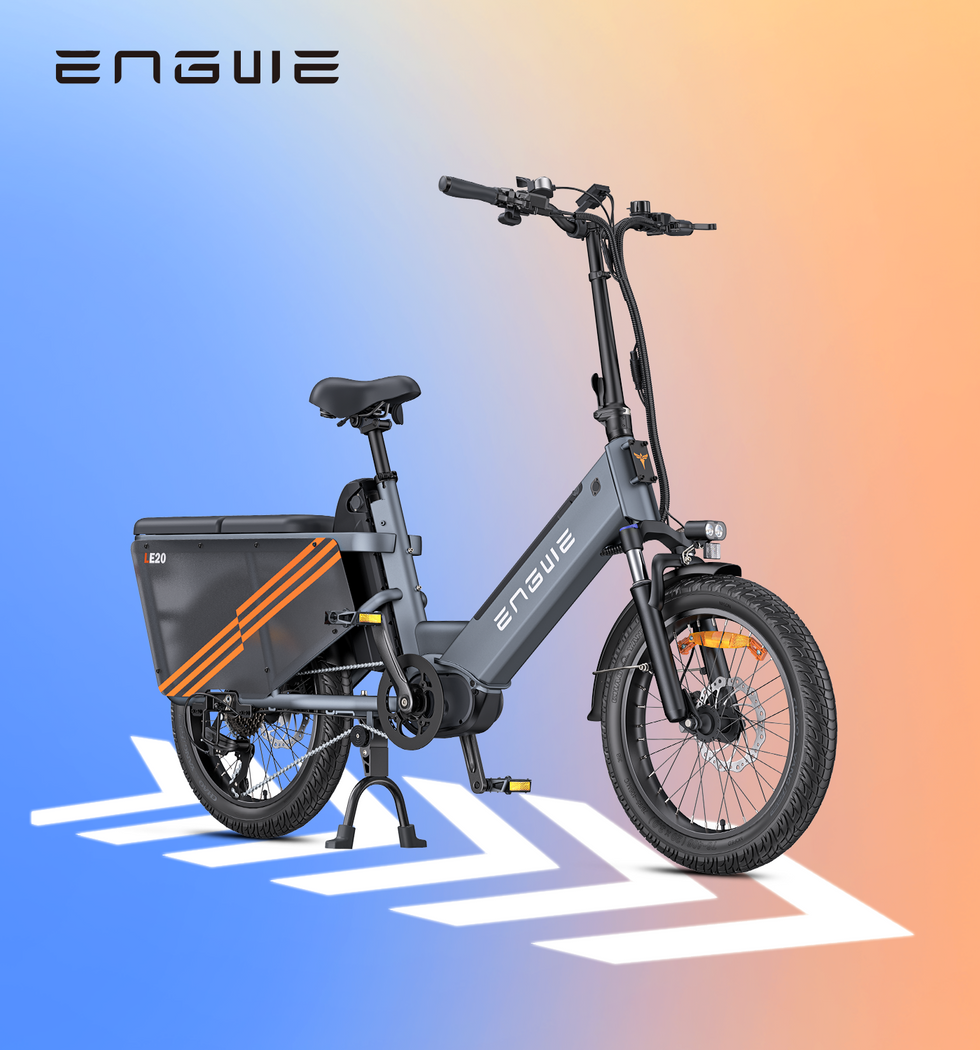Watching a 12-year-old boy learn what freedom feels like is no small thing. It is the age of widening horizons, when neighborhoods are suddenly bigger and adventures with friends can be the best part of a day. An electric bike might be the key to unlocking that world, but for any parent, the excitement is accompanied by a sea of questions. Is it safe? Is it appropriate? What matters most for a rider this age? This is not just the purchase of a bicycle, but an investment in an instrument of independence, responsibility, and memory. It’s time to get past the slick commercials and down to what you truly need to know in order to make a confident, well-informed choice.
A Foundation That’s Not Up for Debate: Safety First
Before we get into motors or battery life, let’s talk about the bottom line: safety. An electric bike for a 12-year-old should feel like an extension of what a traditional bike feels like, not a mini-motorcycle. Brakes are probably the most vital safety feature on your bike. At the very least, seek out mechanical disc brakes. They can provide much more reliable and effective stopping in wet, dry, and other conditions than the older style rim brakes – a must when a little one needs to stop quickly.
Just as important is how the bike fits and its geometry. A bike that’s too small or too large is a hazard. Your son should comfortably straddle the top tube with both feet on the ground and be able to reach the handlebars without stretching. Some frames feature a low top tube, which is a huge pro because it improves mounting and dismounting. And don’t forget to check the tires, too. Wider, “fat” tires found on all-terrain models offer a wider contact patch with the ground. And all of that comes with a higher level of stability and balance; an incredible confidence builder for a young rider, not to mention making it more likely they'll stop when you tell them. This is especially true on rocky pavement, gravel paths, or grass.
Learning The Rules of The Road
Electric bikes exist in a wide spectrum of categories, and it’s important to know the differences. These laws may vary from state to state, and even city to city, so a fast Google search of your local e-bike regulations is the first thing you should do. You will generally be looking for something that is a Class 1 or a Class 2 e-bike for a 12-year-old. A Class 1 electric bike gives assistance only while you’re pedaling (pedal-assist) and stops assisting when you reach 20 mph. A Class 2 e-bike also tops out at 20 mph, but features a throttle that lets the rider move without pedaling. Ultimately, a Class 1 is often the best step up for a newbie rider as it encourages participating in cycling and not checking out of the ride. This helps them to learn how to control their speed and the amount of energy they’re expending in a more intuitive manner through experience (like on a regular bike) with an assist.
| Feature | Class 1 E-Bike | Class 2 E-Bike |
|---|---|---|
| Assistance Type | Pedal-Assist Only | Pedal-Assist & Throttle |
| Max Assisted Speed | 20 mph | 20 mph |
| Recommended For | New riders, active cycling | Riders wanting a throttle option |
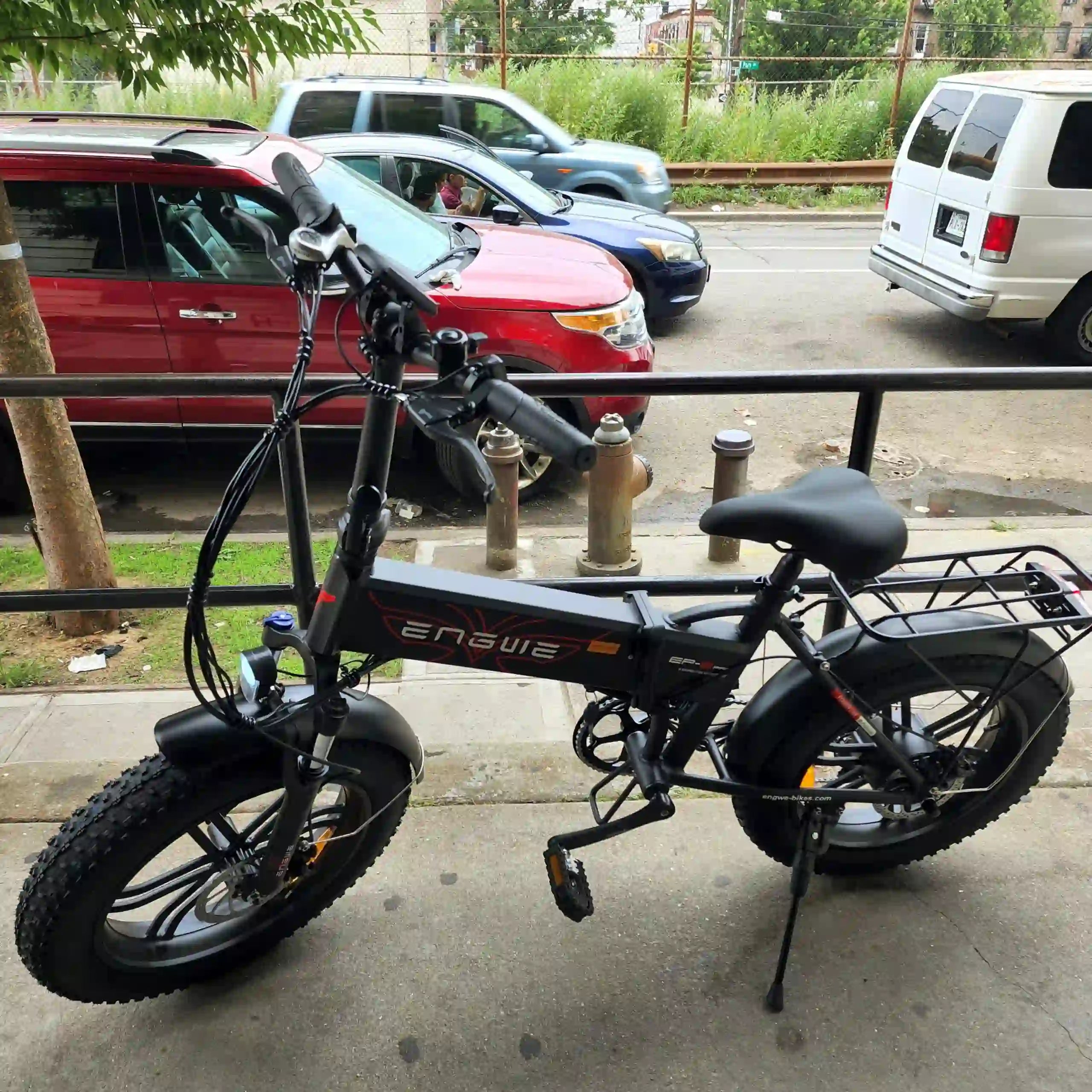
Built to Last and Grow
A bike will be tested by a 12-year-old boy. It will fall, get ridden hard, and be left in the rain. Durability is a necessity. Seek out frames manufactured from a strong material such as aluminum alloy, which gives you a good combination of sturdiness and manageable weight. Take careful note of the wheels. Solid wheels are incredibly strong and much easier to take care of than spoke wheels, perfect for resisting the often-rough treatment of a child’s bike. Also, think about a bike’s maximum load. A 330 lb capacity isn’t just good for the rider’s present weight; it signifies a high-quality build, meaning your bike was built from solid materials and designed to have structural integrity. A bike made to do more can be outfitted with racks to be ready for anything. A foldable frame is also a big convenience, to easily store in the garage or travel with it in your car trunk.
Striking the Optimal Balance Between Fun and Function
Now for the part your son is most enthusiastic about: the power. A 250W motor is the perfect size for a young rider to start. It offers just enough boost to make hills more manageable and long rides less intimidating, but it’s not so powerful that it feels out of control or impossible to ride unassisted. The true magic behind a delightful riding experience, however, is buried in the sensor. Numerous entry-level e-bikes operate with a cadence sensor that passes power through in a jerky, on-off way. A torque sensor is way better. A torque sensor detects the effort of pedaling and provides an equivalent amount of help. And the result is an unbelievably smooth, intuitive, and natural-feeling ride that feels as if you have super-powered legs. It’s more responsive, it’s more efficient, and most importantly, safer — you always know how the power is coming on.
And when it comes to a bike that does all of these key things – safety, longevity, and just an overall great riding experience, the ENGWE brand is known for making ultra-durable e-bikes that are built for adventure. A good one for the youth at heart is the ENGWE EP-2 Boost. It is designed with consideration for a youth bike that needs to be fun and provide peace of mind. It comes with a punchy, efficient 250W brushless motor, but its standout tech is the smart torque sensor that's responsible for that ultra-smooth and responsive power assist we talked about. And for those steep hills, a proprietary Boost Mode can be engaged which delivers 55Nm of torque almost instantaneously. Safety and comfort being top of mind, this bike comes complete with massive 20x4.0 smooth all-terrain fat tires combined with one-piece cast alloy wheels to help them find their mojo, no matter where they tread from paved surfaces to the dirt and back again. The 180mm mechanical disc brakes offer reliable stopping power, and he’s got a Shimano 7-speed drivetrain to work on shifting gears properly. The package is constructed for practicality, with a folding design and up to 120km of real-world range on its long-range battery so the fun only ends when you choose.
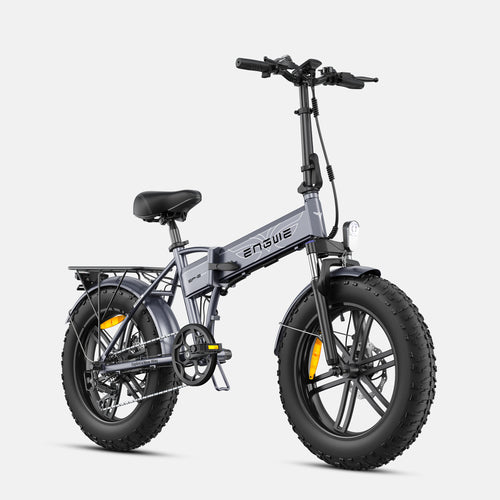

Gear Essentials and Developing Responsible Attitudes
The bike is only half the battle. A certified, snugly-fit helmet is definitely not up for debate. In some places, the rule is simple: no helmet means no ride. It’s also a great time to teach some essential life skills. Ride with him, and help teach the rules of the road: using hand signals, staying aware of traffic, and knowing who has the right-of-way. Front and rear lights should be placed on the bike for visibility, even during the daytime. A lock is also necessary to teach him to protect his property. Once established, these habits will continue throughout their life, resulting in a safe and responsible cyclist.
With the right bike and the right coaching, this is more than a present; this is a rite of passage.
Frequently Asked Questions
1. How fast is a 12-year-old's electric bike?
E-bikes available for children this age are typically Class 1 or 2, which means the motor assistance cuts off at 20 mph. Just the right speed to be exciting without being overwhelming.
2. Can a 12-year-old boy ride an e-bike?
Yes, especially models with a low center of gravity and good balance. Though they are heavier than traditional bikes, the electric assist cancels out the weight difference while riding, and characteristics such as fat tires ensure that young riders are very stable.
3. How hard is it to maintain an e-bike?
Maintenance is just as simple as on a regular bike: Keep the tires inflated, clean and lubricate the chain, and make sure to test your brakes. The electronics are also mostly sealed and don’t really require maintenance from the user.
4. And how do you charge the battery?
Modern e-bikes now come with a lithium-ion battery that can be removed. It’s easy to unlock, bring inside, and charge via any regular wall outlet — a process that usually takes a few hours.
5. Are these bikes fully assembled?
To keep costs down and avoid damage, most e-bikes ship partially assembled. This usually requires the front wheel to be attached, along with handlebars, pedals, and the seat, with a few adjustments. This is typically an easy task that you can do with just a few tools in less than an hour.
